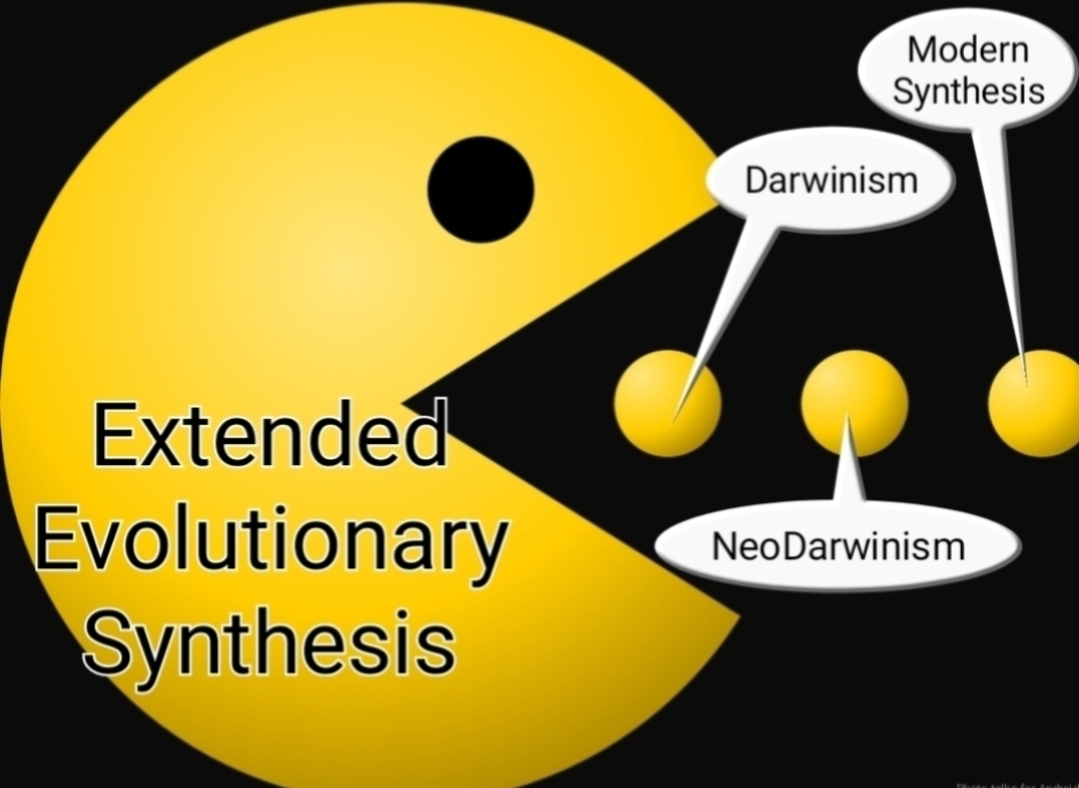Exploring the Patterns of Evolution: Core Thoughts and Focus on the Saltational Model
The tapestry of life on Earth, with its astonishing diversity, is a testament to the power of evolution. While Charles Darwin's theory of natural selection, emphasizing gradual change over time, remains a cornerstone of biology, our understanding of evolution has broadened. The Extended Evolutionary Synthesis (EES) incorporates additional mechanisms recognizing the influence of developmental plasticity, non-genetic inheritance, and epigenetics. This essay delves into the core thoughts of evolution, with a specific focus on the saltational model, a concept that challenges the traditional gradualist perspective of neo-Darwinism.
Core Principles of Evolution
Evolution revolves around the central idea of populations changing over generations. This change is driven by several key processes:
Variation: Individuals within a population exhibit inherent differences in traits, often due to genetic mutations. These variations provide the raw material for evolution.
Heritability: Variations are crucial for evolution only if they are heritable, meaning they can be passed on to offspring. Traits influenced by genes are more likely to be heritable.
Differential Reproduction: Not all individuals reproduce equally. Those with traits better suited to their environment tend to leave more offspring, passing on their advantageous traits.
Natural selection, the cornerstone of Darwinian evolution, acts upon this variation. Individuals with traits that enhance their survival and reproduction in a particular environment have a higher chance of passing those traits on. Over time, these advantageous traits become more common in the population, leading to gradual adaptation.
The Modern Synthesis and its Limits
The Modern Synthesis, which emerged in the mid-20th century, reconciled Mendelian genetics with Darwinian selection. It provided a powerful framework for understanding evolution, focusing on gradual changes in allele frequencies within populations. However, some observations didn't fit neatly into this gradualist model.
The fossil record often shows long periods of stasis (little change) punctuated by bursts of rapid change. This pattern is difficult to explain solely through the gradual accumulation of small mutations. Additionally, the complex morphologies of some organisms, like the intricate wing structure of insects, seem unlikely to arise through a series of minor modifications.
Beyond the Modern Synthesis: The Rise of the EES
The EES acknowledges the limitations of the Modern Synthesis and incorporates additional mechanisms that contribute to evolutionary change. These mechanisms include:
Developmental plasticity: Organisms can exhibit phenotypic variation in response to environmental cues. This allows for a wider range of adaptations without necessarily requiring genetic change. For example, a plant might grow taller in response to low light conditions.
Non-genetic inheritance: Traits can be passed down through mechanisms other than DNA, such as through epigenetic modifications that influence gene expression. These modifications can sometimes be heritable.
Saltational evolution: This model proposes that significant evolutionary leaps can occur through sudden, large-scale mutations or events like polyploidy (duplication of chromosomes).
Focus on the Saltational Model
The saltational model challenges the idea of evolution solely as a gradual process. It proposes that some evolutionary changes can occur rapidly through:
Macromutations: These are large-scale mutations that significantly alter an organism's phenotype. While most mutations are small and have little impact, a rare macromutation could potentially create a new and beneficial trait.
Chromosomal mutations: Duplications, deletions, or rearrangements of chromosomes can lead to drastic changes in gene expression and potentially new phenotypes.
Epigenetic phenomena: Epigenetic modifications, which influence gene expression without altering the DNA sequence itself, can sometimes lead to heritable phenotypes, potentially accelerating evolution.
Polyploidy: When an organism acquires an extra set of chromosomes (polyploidy), it experiences a sudden increase in genetic variation. This can sometimes trigger the development of new traits or facilitate hybridization with other species.
Evidence for Saltational Evolution
While the gradualist model remains, evidence is accumulating to support the role of saltational events in evolution. Studies on domesticated plants have shown how single mutations can lead to dramatic phenotypic changes. For instance, a mutation in a pea gene results in the formation of pea pods without peas.
Similarly, research on wild plants is uncovering examples of saltational evolution. Polyploidy events are thought to have played a significant role in plant diversification, and some plant species exhibit rapid morphological changes associated with mutations in regulatory genes. These regulatory genes, which control the activity of other genes, can have a profound impact on an organism's development.
The Saltational Model and the EES
The saltational model stands to replace the gradualist model. The EES acknowledges that rapid changes can contribute to evolution. The specific mechanisms involved may vary depending on the organism and the environmental pressures it faces.
The saltational model offers a potential explanation for several evolutionary puzzles beyond Neo Darwinism.



Comments
Post a Comment